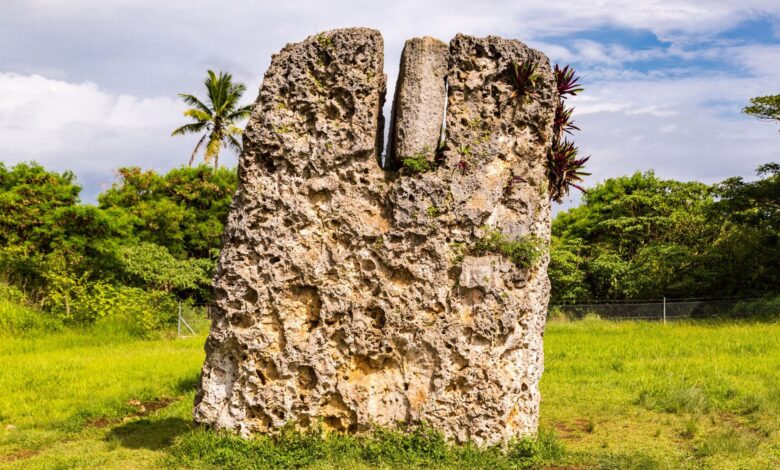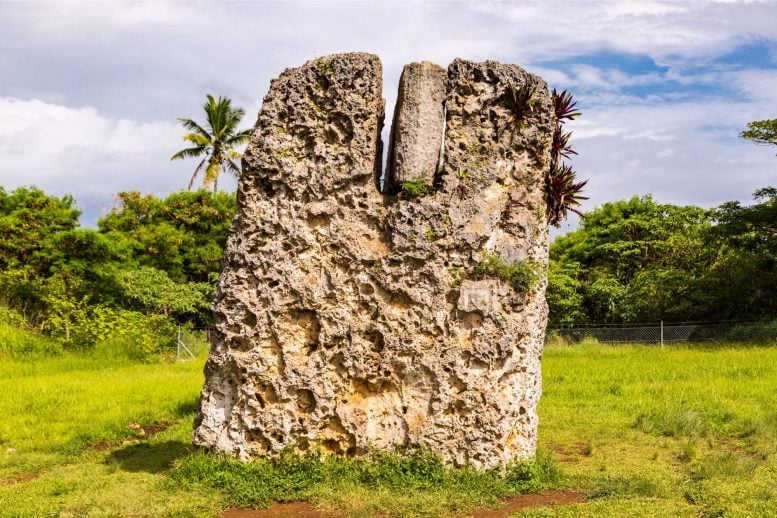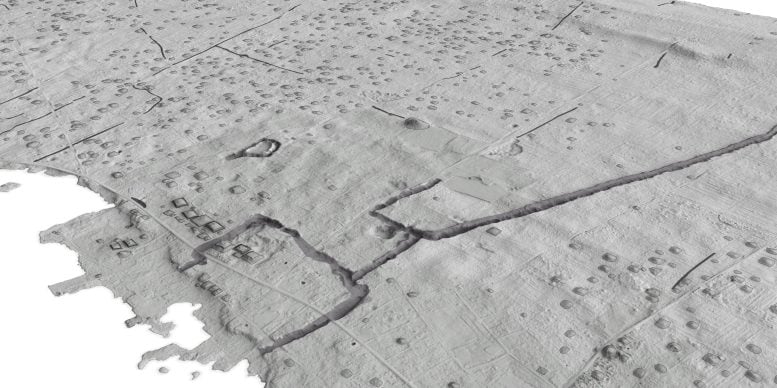Urbanization Began 700 Years Earlier Than Thought


Research from ANU shows urbanisation in the Pacific began around AD 300, much earlier than previously thought. This indigenous development led to significant changes and collapsed mainly due to European contact and diseases.
Recent research reveals that Pacific cities like those on Tongatapu in Tonga were founded around AD 300, much earlier than thought, demonstrating that Pacific urbanization was an indigenous innovation. The study highlights the significant role of technology in archaeological discoveries and the impact of European colonization on these early cities.
New findings from the Australian National University (ANU) indicate that some of the earliest cities in the Pacific were established much earlier than previously believed. The research involved using aerial laser scanning to map archaeological sites on the island of Tongatapu in Tonga.
Lead author, PhD scholar Phillip Parton, said the new timeline also indicates that urbanization in the Pacific was an indigenous innovation that developed before Western influence.
“Earth structures were being constructed in Tongatapu around AD 300. This is 700 years earlier than previously thought,” Mr Parton said. “As settlements grew, they had to come up with new ways of supporting that growing population. This kind of setup – what we call low-density urbanization – sets in motion huge social and economic change. People are interacting more and doing different kinds of work.”
Technological Advancements in Archaeology
Mr. Parton said traditionally, studying urbanization in the Pacific has been tricky due to challenges in collecting data, but new technology has changed that.
“We were able to combine high-tech mapping and archaeological fieldwork to understand what was happening in Tongatapu,” he said. “Having this type of information really adds to our understanding of early Pacific societies. Urbanization is not an area that has been investigated much until now. When people think of early cities they usually think of traditional old European cities with compact housing and windy cobblestone streets. This is a very different kind of city. But it shows the contribution of the Pacific to urban science. We can see clues that Tongatapu’s influence spread across the southwest Pacific Ocean between the 13th and 19th centuries.”
According to Mr. Parton, the collapse of this kind of low-density urbanization in Tonga was largely due to the arrival of Europeans.
“It didn’t collapse because the system was flawed; it had more to do with the arrival of Europeans and introduced diseases,” he said. “This is just the beginning in terms of early Pacific settlements. There’s likely still much to be discovered.”
Reference: “Low-Density Urbanisation: Prestate Settlement Growth in a Pacific Society” by Phillip Parton, and Geoffrey Clark, 4 April 2024, Journal of Archaeological Method and Theory.
DOI: 10.1007/s10816-024-09647-8




